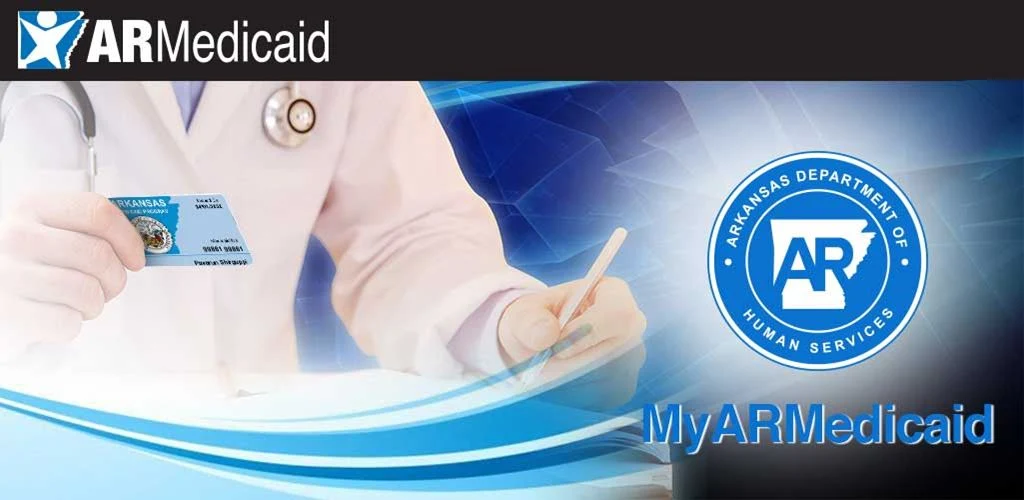November 8, 2023
Recognizing the Impact of Trauma and PTSD First off, we just want to say that if you're here, then you must care about your child's well being and future. Being a parent is one rollercoaster of a ride, right? Sometimes, life throws our kids a curveball we never saw coming. It's tough to watch our children grapple with stuff that's way beyond their years—especially trauma. Let's get real for a minute. It's totally okay to feel lost or worried, wondering how to help your child through all of this. But here's the thing: you're not alone. Many parents have struggled through the same circumstance. In fact, it is estimated that around 70% of adults have experienced at least one traumatic event in their lives. Those adults were once children with parents who really felt guilty and worried about them. And the best news yet - there are evidence-based treatments available to help reintroduce a higher quality of life to your child. So, what exactly happens when our kids face trauma? Well, let's break it down. Trauma, whether it's from abuse, witnessing violence, accidents, or other distressing events, can leave a lasting impact. For children, these experiences can shape how they see the world, themselves, and others. As parents, it's crucial to recognize these signs and understand that trauma can impact every aspect of our child's life. It affects their relationships, school performance, and overall well-being. DSM-5 Diagnostic Criteria for PTSD The following criteria apply to adults, adolescents, and children older than 6 years. Exposure to actual or threatened death, serious injury, or sexual violence in one (or more) of the following ways: Directly experiencing the traumatic event(s). Witnessing, in person, the event(s) as it occurred to others. Learning that the traumatic event(s) occurred to a close family member or close friend. In cases of actual or threatened death of a family member or friend, the event(s) must have been violent or accidental. Experiencing repeated or extreme exposure to aversive details of the traumatic event(s) (e.g., first responders collecting human remains; police officers repeatedly exposed to details of child abuse). Note: Criterion A4 does not apply to exposure through electronic media, television, movies, or pictures, unless this exposure is work related. Presence of one (or more) of the following intrusion symptoms associated with the traumatic event(s), beginning after the traumatic event(s) occurred: Recurrent, involuntary, and intrusive distressing memories of the traumatic event(s). Note: In children older than 6 years, repetitive play may occur in which themes or aspects of the traumatic event(s) are expressed. Recurrent distressing dreams in which the content and/or affect of the dream are related to the traumatic event(s). Note: In children, there may be frightening dreams without recognizable content. Dissociative reactions (e.g., flashbacks) in which the individual feels or acts as if the traumatic event(s) were recurring. (Such reactions may occur on a continuum, with the most extreme expression being a complete loss of awareness of present surroundings.) Note: In children, trauma-specific reenactment may occur in play. Intense or prolonged psychological distress at exposure to internal or external cues that symbolize or resemble an aspect of the traumatic event(s). Marked physiological reactions to internal or external cues that symbolize or resemble an aspect of the traumatic event(s). Persistent avoidance of stimuli associated with the traumatic event(s), beginning after the traumatic event(s) occurred, as evidenced by one or both of the following: Avoidance of or efforts to avoid distressing memories, thoughts, or feelings about or closely associated with the traumatic event(s). Avoidance of or efforts to avoid external reminders (people, places, conversations, activities, objects, situations) that arouse distressing memories, thoughts, or feelings about or closely associated with the traumatic event(s). Negative alterations in cognitions and mood associated with the traumatic event(s), beginning or worsening after the traumatic event(s) occurred, as evidenced by two (or more) of the following: Inability to remember an important aspect of the traumatic event(s) (typically due to dissociative amnesia, and not to other factors such as head injury, alcohol, or drugs). Persistent and exaggerated negative beliefs or expectations about oneself, others, or the world (e.g., “I am bad,” “No one can be trusted,” “The world is completely dangerous,” “My whole nervous system is permanently ruined”). Persistent, distorted cognitions about the cause or consequences of the traumatic event(s) that lead the individual to blame himself/herself or others. Persistent negative emotional state (e.g., fear, horror, anger, guilt, or shame). Markedly diminished interest or participation in significant activities. Feelings of detachment or estrangement from others. Persistent inability to experience positive emotions (e.g., inability to experience happiness, satisfaction, or loving feelings). Marked alterations in arousal and reactivity associated with the traumatic event(s), beginning or worsening after the traumatic event(s) occurred, as evidenced by two (or more) of the following: Irritable behavior and angry outbursts (with little or no provocation), typically expressed as verbal or physical aggression toward people or objects. Reckless or self-destructive behavior. Hypervigilance. Exaggerated startle response. Problems with concentration. Sleep disturbance (e.g., difficulty falling or staying asleep or restless sleep). Duration of the disturbance (Criteria B, C, D and E) is more than 1 month. The disturbance causes clinically significant distress or impairment in social, occupational, or other important areas of functioning. The disturbance is not attributable to the physiological effects of a substance (e.g., medication, alcohol) or another medical condition. Therapy is always an option to consider for a child who is struggling with symptoms related to PTSD. Therapy offers a safe space for your child to process their experiences, learn healthy coping skills, and gradually work through the effects of trauma. A therapist specializing in PTSD can provide evidence-based strategies to address your child's unique needs, guiding them toward recovery and a healthier, more resilient future. Seeking help for your child is a courageous and proactive decision that can make a world of difference in their well-being. --- Family Therapy If your child's symptoms are negatively affecting your entire family, it may help to consider family therapy. The family is a system , much like the human body. Just as the entire body suffers when one of its parts dysfunctions or fails to work with the rest of the body, the entire family suffers when one of its members suffers or is "out of sync." Although family therapy isn’t a new concept, it’s one that many of our clients aren’t familiar with. The idea of sharing one’s personal thoughts and feelings with other people can sometimes seem awkward or uncomfortable. We find that when our clients experience healing and work through challenges together, they often find that the discomfort and awkward feelings are worth the renewed sense of togetherness and peace that comes from sharing.

















